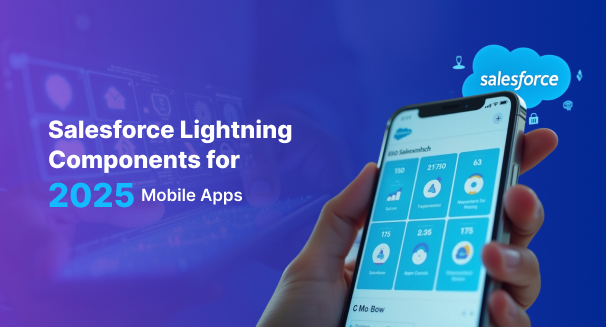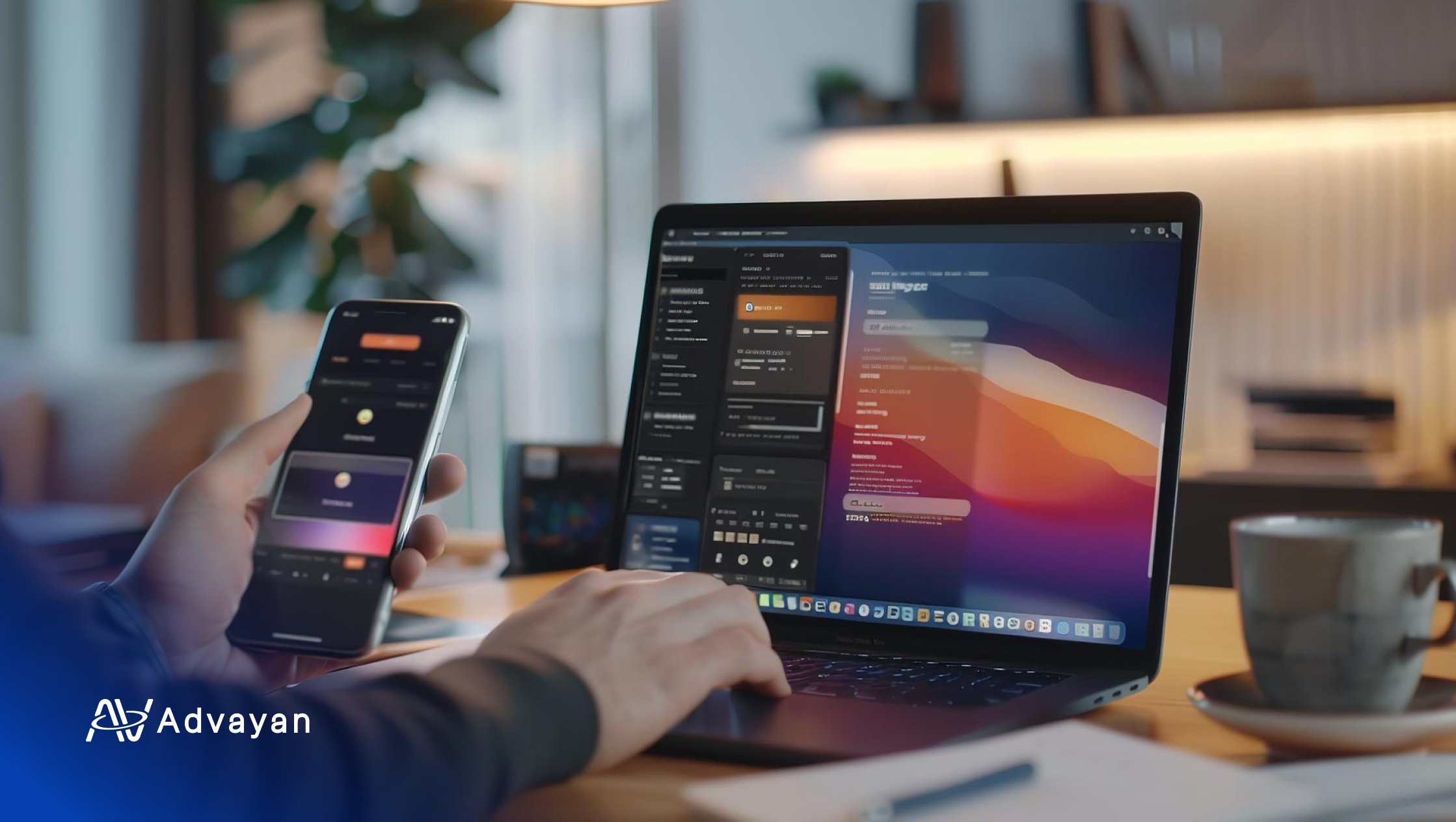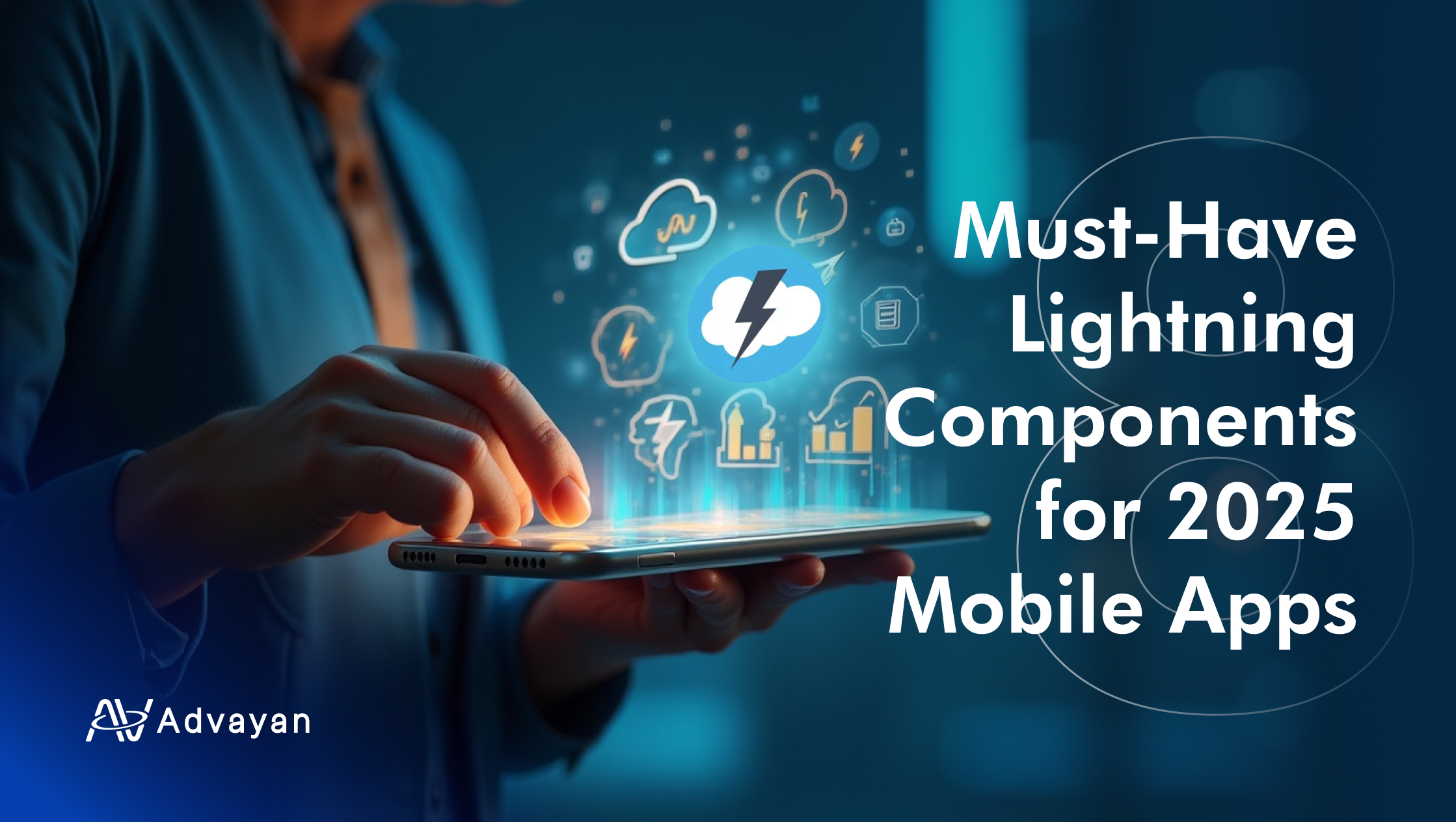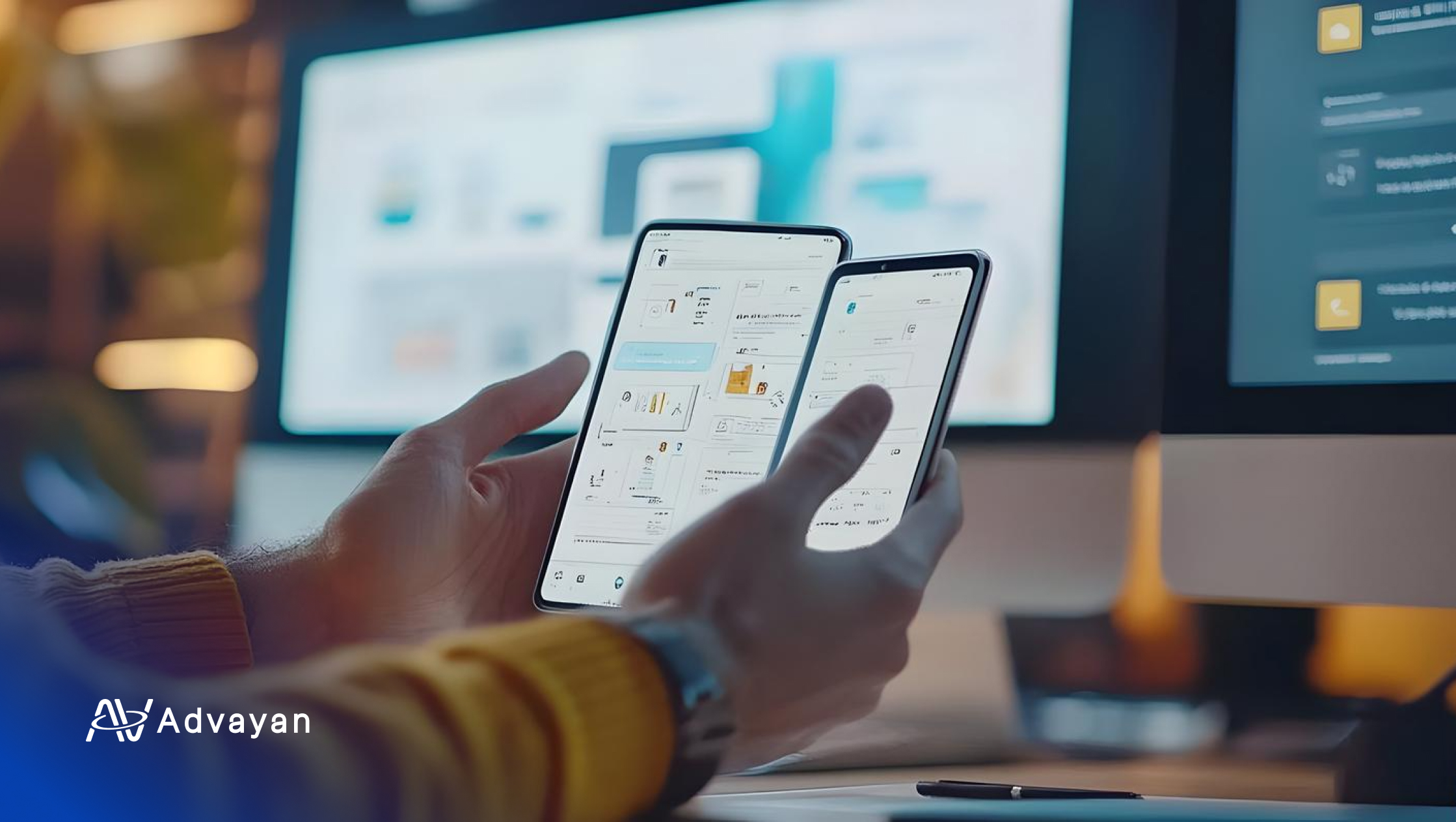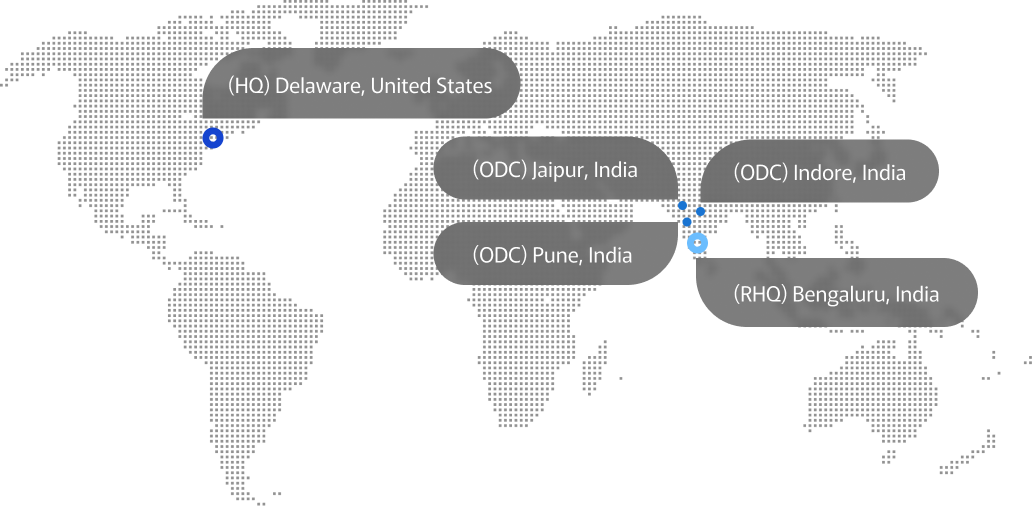
- Salesforce Lightning
Must-Have Salesforce Add-ons: Essential Lightning Components for 2025 Mobile Apps
Are you looking to maximize your Salesforce add-ons for better mobile experiences? Salesforce Lightning has become the gold standard for Customer Relationship Management (CRM) software, enabling businesses to streamline operations, automate processes, and improve customer engagement. With the right components, we can transform how our teams interact with Salesforce on mobile devices.
Lightning components salesforce offers have revolutionized app development, providing developers with a convenient user interface to build high-performing, responsive mobile and desktop applications. These best salesforce add-ons can help create functionality ranging from simple UI elements like buttons and forms to complex features such as data visualization and workflow automation. Furthermore, salesforce plugins and addons can significantly optimize your environment, enhance security, and boost overall productivity.
In this article, we’ll explore the must-have Lightning components for 2025 mobile apps, specifically focusing on how they can help your organization boost productivity, streamline processes, and improve user experience. From responsive design considerations to security implementations, we’ll cover everything you need to know about selecting and implementing the right salesforce addon solutions for your mobile strategy.
What Makes a Lightning Component Essential for Mobile Apps in 2025
When building mobile applications on the Salesforce platform, not all Lightning components are created equal. The landscape of mobile app development continues to evolve, placing certain requirements at the forefront for 2025 and beyond.
Support for responsive design and mobile-first UI
The foundation of any essential Lightning component for mobile apps begins with responsive design principles. These components must adapt seamlessly across different screen sizes, ensuring optimal user experience regardless of device. Lightning components salesforce offers are designed with a mobile-first approach, allowing them to provide consistent experiences across platforms.
Responsive design employs fluid grids and media queries to display the appropriate layout for various screens. The Salesforce Lightning Design System (SLDS) grid utility delivers a mobile-first layout system with precise column control. This approach improves app maintainability and reliability while future-proofing for different browsers and platforms.
For developers implementing Lightning components, the lightning-layout-item element enables defining how columns adjust to different screen sizes. Several size attributes can be utilized:
- size , default size for mobile devices
- smallDeviceSize , size when the device is larger than mobile
- mediumDeviceSize , size when the device is larger than tablets
- largeDeviceSize , size when the device is larger than desktop
This flexibility ensures that salesforce addons maintain their functionality and visual appeal across all devices, addressing the challenge of limited screen space on mobile interfaces.
Integration with Salesforce Mobile SDK
Another critical aspect of essential Lightning components is their integration with the Salesforce Mobile SDK. Since the release of Mobile SDK 8.2, developers can incorporate Lightning Web Components within custom mobile applications. This integration allows components to harness native device capabilities while maintaining the power of web-based UI elements.
The Mobile SDK supports various application types on both iOS and Android platforms, though the integration of Lightning Web Components specifically targets hybrid remote applications. These applications utilize a web view for their user interface while hosting HTML/JS/CSS resources on a remote server.
Moreover, the Mobile SDK provides a mobilesdk object that can be passed into any Lightning Web Component, enabling communication with the native container. Through this object, components can:
- Make network calls
- Store data in SmartStore
- Take advantage of MobileSync
- Access other native device capabilities
This integration represents a substantial advancement for salesforce plugins, connecting the web component ecosystem with native mobile functionality.
Offline capabilities and sync support
Perhaps the most valuable characteristic of Lightning components for mobile applications in 2025 is robust offline support. Mobile Sync, a Mobile SDK library, works with SmartStore to guarantee the integrity and consistency of Salesforce records. This capability allows users to continue editing Salesforce records locally when their mobile devices lose connectivity.
When connectivity is restored, Mobile SDK employs this framework to synchronize local changes in SmartStore with corresponding records on the Salesforce server. All data requests in Mobile Sync apps operate asynchronously, with responses including sync state objects that describe operation settings and status.
Additionally, Mobile Sync predefines cache policies for fine-tuning interactions between cached data and server data in offline and online scenarios. Starting with Mobile SDK 5.2, developers can sync parent records and their related records with a single call, though it’s worth noting that Mobile Sync doesn’t support many-to-many relationships.
These capabilities make the best salesforce add-ons truly shine in mobile contexts, allowing field teams to remain productive regardless of connectivity status, a must-have feature for today’s mobile workforce.
Top 8 Must-Have Lightning Components for 2025 Mobile Apps
In today’s mobile-first world, selecting the right Lightning components for your Salesforce mobile apps can dramatically improve field team productivity. Here are eight essential salesforce add-ons for 2025 that will help your teams excel in the field.
1. Kanban Board for Mobile Lead Management
The Kanban Board component provides a visual summary of your data while enabling users to move records through sales processes with simple drag-and-drop functionality. Field teams can quickly view the count and sum of items per stage, such as Opportunities by stage. What makes this component particularly valuable for mobile users is the ability to click on the Details icon to access Key Fields with inline editing capabilities directly from the Kanban view. For organizations using Unlimited Edition, the component also highlights changes to critical fields like Opportunity Amount and Close Date.
2. Calendar Component with Mobile Event Sync
Effective scheduling becomes seamless with the Calendar Component, which enables synchronization between Salesforce and mobile device calendars using the CalendarService API. This lightning components salesforce offers allows field reps to create, update, and remove events directly from their mobile devices with functions like addEvent(), updateEvent(), and removeEvent(). First, the component tests availability with isAvailable() to ensure the device supports calendar functionality before executing any calendar-related operations.
3. Rich Text Editor for Mobile Case Notes
The Rich Text Editor component creates a WYSIWYG editor based on the Quill JS library that enables mobile users to add, edit, format, and delete rich text in case notes. Its customizable toolbar can support various formats including bold, italic, underline, lists, and even image insertion. For organizations requiring security around uploaded images, the component offers restricted access by using the share-with-entity-id attribute to specify which records, groups, or users can access inserted images.
4. Lookup Component with Predictive Search
The Lookup component allows mobile users to search for existing Salesforce records efficiently. Currently, mobile lookup search has limitations, as it only searches on record name fields by default. However, a common workaround involves ensuring the object name isn’t an auto number and using automation to populate it with relevant field data, which helps return desired search results.
5. Path Component for Mobile Sales Stages
Path Component visualizes a record’s progress through sales stages in a chevron diagram, complete with key fields and guidance for each stage. Available for opportunities, leads, campaigns, contracts, orders, and custom objects, this salesforce addon helps guide users through expected actions at each stage. The text guidance can include up to 1000 characters, including images and links, making it an excellent mobile coaching tool. Consequently, Path significantly improves user engagement and adoption by making processes intuitive.
6. Dashboard Charts Optimized for Mobile View
Mobile-optimized dashboard charts allow field teams to access crucial analytics data on the go. Although standard Lightning dashboards adapt to mobile screens, specialized components designed for mobile provide better performance and usability for field teams navigating sales data from smartphones or tablets.
7. Related Record Component for Quick Access
The Related Record component displays related record fields directly on primary record pages, eliminating the need to navigate through multiple screens. Even for users with read-only access, the component uses a compact layout to render fields, ensuring visibility without requiring edit permissions. This makes it ideal for mobile scenarios where quick access to related information improves productivity.
8. Recent Items for Mobile Navigation
The Recent Items component offers rapid access to recently viewed records, allowing mobile users to quickly resume where they left off. By adding this salesforce plugin to Lightning pages or apps, mobile users can navigate efficiently between records they’re actively working on, minimizing the need for searches and menu navigation.
How to Configure These Lightning Components in App Builder
Implementing these must-have salesforce add-ons requires proper configuration in the Lightning App Builder. Once you’ve selected the components that match your mobile strategy, it’s time to set them up for optimal performance across devices.
Using Lightning App Builder for Mobile Pages
The Lightning App Builder is a point-and-click tool that enables us to create custom layouts specifically for the Salesforce mobile app. Initially, we need to understand the structure of Lightning pages which automatically adapt to the device they’re viewed on.
To create a mobile-optimized page:
- Navigate to Setup > User Interface > Lightning App Builder
- Create a new Lightning App Page designed for mobile use
- Select an appropriate template that supports responsive design
- Drag your selected lightning components salesforce offers from the components panel
For custom Lightning web components, the component’s configuration file (componentName.js-meta.xml) defines the metadata values, including design configuration for App Builder. This file must include proper tags to make the component available for mobile use, such as:
- isExposed set to true to expose the component in all orgs
- targets specified to include mobile-compatible page types
- apiVersion to bind the component to a Salesforce API version
Setting Component Visibility Based on Device
One of the most powerful features for mobile optimization is conditional component visibility. App Pages are accessible on both desktop and mobile devices, providing an extra filtering option called “Device”.
To configure device-specific visibility:
- Select a component on your Lightning page
- Click the wrench icon to open the component properties panel
- Find and expand the “Component Visibility” section
- Set conditions based on “Device” to determine when the component appears
This capability allows us to create a single Lightning Page with customized looks and functionality based on the device someone is using. For instance, we might display a compact version of our salesforce addon on mobile while showing the full version on desktop.
Testing Components in Salesforce Mobile App
After configuring our best salesforce add-ons, thorough testing is essential. Virtual device builds of the Salesforce mobile app let us test on iOS simulators and Android emulators without depleting our hardware budget.
To test efficiently:
- Install each platform’s development environment (Xcode for iOS, Android Studio for Android)
- Download the Salesforce mobile app simulator/emulator build
- Install the app on your virtual device
- Verify component visibility and appearance in relation to other components
For debugging, we can enable Debug mode in Salesforce and use Safari Inspector (iOS) or Chrome DevTools (Android) to inspect the Salesforce web view on virtual devices.
These configurations and testing methods ensure our salesforce plugins function perfectly across all devices, providing a seamless experience for mobile users regardless of their device or connection status.
Performance and Usability Considerations for Mobile Add-ons
Optimal performance of your mobile Lightning components requires careful attention to metrics, user interactions, and data handling. These considerations directly impact how users experience your salesforce add-ons in mobile environments.
Component load time benchmarks on mobile
Experienced Page Time (EPT) serves as the primary metric for measuring how long it takes to download and display the entire content of a webpage in a browser window. For optimal mobile performance, aim to keep your page load time under 2 seconds for desktop and achieve a Page Performance Index of 0.68 or lower for mobile applications.
The Page Performance Index isn’t the same as page load time, yet a lower score equals faster loading, especially important as mobile devices typically have less processing power. According to performance benchmarks, pages accessed through the Salesforce mobile app loaded more quickly than those on desktop browsers. To monitor performance in real-time, add an EPT counter to Lightning Experience by enabling Lightning Component Debug Mode or appending “?eptVisible=1” to your URL.
Optimizing for touch interactions
Touch-friendly components must accommodate larger tap targets and intuitive gestures. The Salesforce Lightning Design System provides touch-friendly UI elements that maintain functionality across different screen sizes.
Notably, reducing the number of visible components dramatically improves mobile performance. Eight or fewer visible components per page is considered optimal. Indeed, by following optimization practices, some organizations have reduced page load times from 12+ seconds to under 4 seconds.
Reducing data payload for faster sync
Client-side data caching significantly decreases server calls by allowing components to share data. Implement either:
- Lightning Data Service for managed record approaches requiring no Apex code
- Cacheable Apex methods (annotated with @AuraEnabled(cacheable=true)) to store responses in client cache
First, optimize data handling by passing data between components using attributes rather than making redundant server calls. Subsequently, handle sorting and data modifications in JavaScript controllers instead of Apex controllers to reduce server requests. Finally, implement lazy loading to fetch only necessary data initially and defer the rest until needed.
Security and Compliance in Mobile Lightning Components
Security forms the bedrock of effective mobile Salesforce implementations. As we deploy lightning components salesforce offers for mobile apps, protecting sensitive data becomes paramount alongside performance considerations.
Role-based access control in mobile views
Role-Based Access Control (RBAC) ensures users access only what they need through a structured security model. In Salesforce mobile applications, RBAC combines several elements:
- Profiles define what users can do within the system, controlling object permissions and field-level security
- Roles determine data visibility based on hierarchy position
- Permission Sets grant additional permissions without changing profiles
- Sharing Rules extend access to users in specific roles or groups
For optimal security in salesforce add-ons, I adhere to the principle of least privilege, granting users minimum necessary access. Hence, regular audits of roles, profiles, and permissions become essential to maintain security integrity.
Data encryption and secure storage
Salesforce encryption safeguards sensitive information at rest and during transmission. Advanced Encryption Standard (AES) algorithms protect data, making it virtually impossible for unauthorized parties to read or modify encrypted content.
Key management correspondingly plays a crucial role in securing salesforce addons. This includes:
- Secure generation of encryption keys
- Protected storage repositories
- Encryption of keys at rest
- Management functions like key rotation and revocation
This protection extends to mobile components, where local data storage requires additional security measures to prevent unauthorized access if devices are lost or stolen.
MFA and SSO integration for mobile users
Multi-Factor Authentication (MFA) has been contractually required for direct Salesforce logins since February 2022. This applies to the Salesforce Mobile App as well, ensuring stronger authentication through multiple factors.
For teams using Single Sign-On (SSO), the authentication responsibility can shift to the SSO provider. The process involves establishing a SAML trust relationship between the authentication service and Salesforce, thus enabling mobile users to authenticate once and receive OAuth tokens for future sessions.
Even so, the Salesforce Authenticator app remains the recommended method for enforcing MFA on mobile, integrating seamlessly into the login process through permission sets.
Conclusion
Salesforce Lightning components significantly transform how teams interact with CRM data on mobile devices. Throughout this article, we explored essential salesforce add-ons poised to revolutionize mobile app development in 2025. These components address critical needs through responsive design principles, seamless Mobile SDK integration, and robust offline capabilities.
Undoubtedly, the eight must-have components we examined offer tremendous value for field teams. Kanban boards visualize sales pipelines while Calendar components synchronize critical appointments. Rich Text Editors enable detailed documentation anywhere, working alongside intelligent Lookup components that simplify record searches. Path Components guide users through complex processes, complemented by mobile-optimized Dashboard Charts for data visualization. Finally, Related Record and Recent Items components streamline navigation for busy mobile users.
Configuration remains straightforward thanks to Lightning App Builder’s intuitive interface. Device-specific visibility settings allow tailored experiences across platforms without duplicating development efforts. Testing these implementations thoroughly before deployment ensures optimal performance for end-users.
Performance considerations cannot be overlooked when implementing these salesforce plugins. Fast load times, touch-friendly interfaces, and efficient data handling directly impact user adoption and satisfaction. Security measures additionally safeguard sensitive information through role-based access, encryption protocols, and modern authentication methods.
The future belongs to organizations that empower their mobile workforce with tools matching desktop capabilities while embracing mobile-first design philosophy. These lightning components salesforce offers represent not just technological advances but fundamental shifts in how businesses operate in increasingly mobile environments.
Implementing these components requires thoughtful planning and consideration of your specific business requirements, and Advayan can help you do that with ease. Nevertheless, the productivity gains and improved user experiences justify the investment. Your mobile strategy for 2025 should therefore center around these powerful, flexible components that adapt to changing business needs while maintaining security and performance standards.

